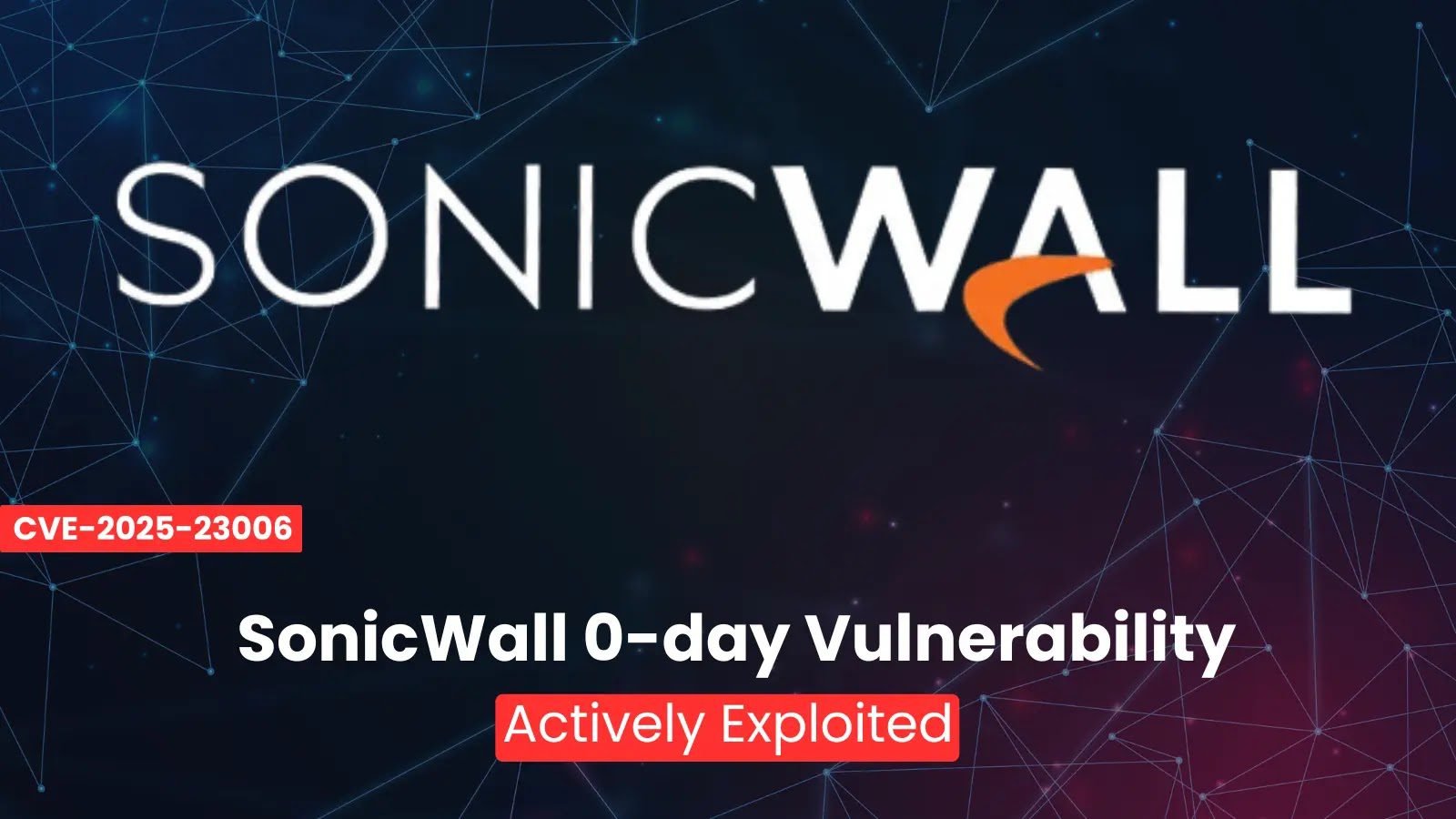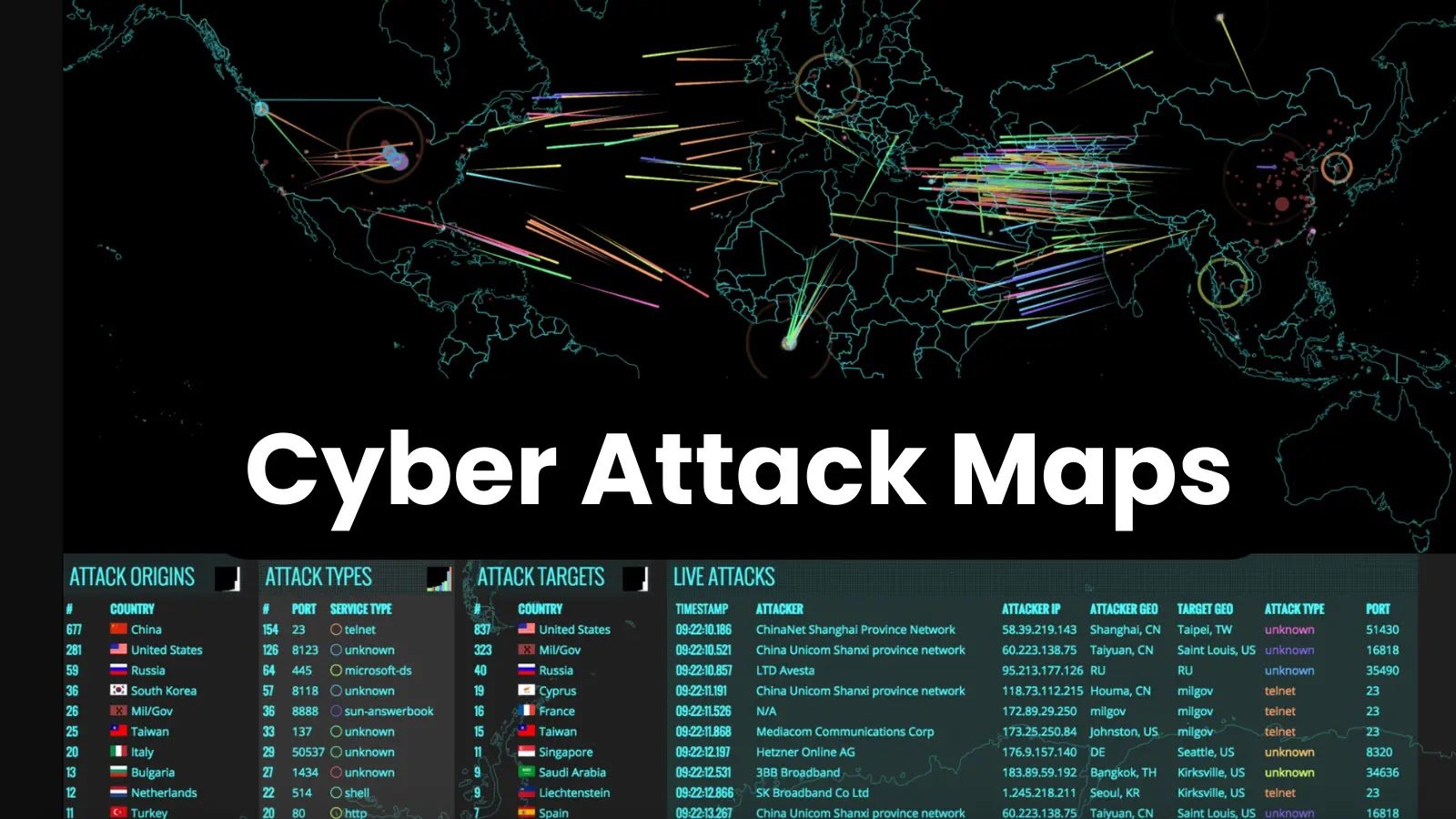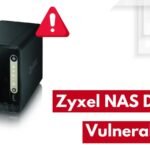We’re currently living in an age where digital threats loom large. Among these, ransomware has emerged as a formidable adversary, disrupting businesses and individuals alike. This malicious software, designed to encrypt data and demand payment for its release, poses significant challenges in terms of security and data integrity.
Understanding and implementing a proactive ransomware protection strategy is crucial as these attacks become more sophisticated. This article delves into the strategies and solutions that can be adopted to fortify defenses against ransomware attacks, ensuring that individuals and organizations are not only aware but also prepared to tackle these cyber threats head-on.
Why Are Ransomware Attacks Difficult to Deal With?
Before we get into the most effective measures for proactive ransomware protection, let’s look at why ransomware attacks are so difficult to deal with.
- Rapid Evolution of Tactics
- Sophisticated Encryption Techniques
- Targeting Vulnerabilities
- Complex Recovery Process
1. Rapid Evolution of Tactics:
Ransomware attacks present a persistent challenge in the realm of cybersecurity, as they are constantly adapting and evolving. Cybercriminals are adept at refining their tactics to circumvent conventional security protocols, necessitating ongoing updates and heightened vigilance to effectively combat these threats.
2. Sophisticated Encryption Techniques:
At the heart of a ransomware attack is its use of complex encryption algorithms, locking away crucial data and holding it hostage until a decryption key is provided. These encryptions render data inaccessible to users and the strength of these encryption methods often makes it nearly impossible to decrypt files without the key, which is held by the attackers. This leaves victims with few options – either lose their data permanently or pay the ransom, neither of which are ideal outcomes.
3. Targeting Vulnerabilities:
Ransomware often exploits software vulnerabilities within systems or networks. These vulnerabilities can range from outdated software to unpatched security holes. The ability of ransomware to exploit these weaknesses makes it difficult to defend against, especially for organizations that lack robust IT infrastructure or regular updates.
4. Complex Recovery Process:
The recovery process can be complicated and time-consuming even if an organization has backups and chooses not to pay the ransom. Restoring systems and data from backup files requires careful planning and execution to avoid reinfection and ensure business continuity.
These are only some of the reasons why ransomware attacks carry a level of fear like no other malware. But fear not, as we will now explain how to proactively deal with ransomware.
Proactive Measures to Deal With Ransomware
Dealing with ransomware attacks isn’t just about using the latest protection technology; it’s about strategy and preparedness. To combat these cyber threats, organizations and individuals must adopt a proactive stance. Those are:
- Regular and Secure Backups
- Updating and Patching Systems
- Advanced Threat Protection Tools
- Employee Education and Awareness Training
- Controlled Access and User Privileges
1. Regular and Secure Backups:
Consistent and secure backups are the cornerstone of ransomware defense. It’s crucial to perform backups at regular intervals and to test them periodically to ensure they can be restored successfully. These backups should be kept separate from the main network, as many ransomware variants can spread to connected storage. Implementing a 3-2-1 backup strategy (3 total copies of data, 2 of which are local but on different devices, and 1 offsite) can offer additional security.
2. Updating and Patching Systems:
Frequent updates and patches are essential for closing security loopholes. Cybercriminals often exploit vulnerabilities in software that have already been patched, targeting systems that haven’t been updated. Therefore, implementing a schedule for regular updates and applying security patches promptly is vital. This includes not just operating systems but also applications, plugins, and any third-party software.
3. Advanced Threat Protection Tools:
Advanced ransomware protection technology and antivirus software are crucial for identifying and mitigating risks before they manifest as full-blown attacks. These tools should be capable of real-time monitoring and have the ability to detect unusual activities indicative of a ransomware attack. Implementing endpoint protection solutions, which protect against malicious activities and security incidents on networked and mobile devices, can add an extra layer of security.
4. Employee Education and Awareness Training:
Humans are often the weakest link in cybersecurity. Training employees to recognize phishing attacks, suspicious links, and unusual email requests is vital for ransomware prevention. Regular training sessions, combined with simulated phishing exercises, can help inculcate a culture of security awareness. Encouraging a policy of caution and verifying unexpected requests can further reduce the risk of a successful ransomware attack.
5. Controlled Access and User Privilege:
Restricting user access is key to minimizing the potential damage of ransomware. The spread of ransomware through the network can be significantly hindered by implementing a policy where users have access only to the information and resources necessary for their job roles. Regular audits of user privileges and access rights by security teams can ensure that this policy remains effective and that any unnecessary access is revoked.
Incident Response Plan
An effective incident response plan, overseen by a dedicated security team, can make a significant difference in the aftermath of a ransomware attack. This plan should detail specific steps to be taken when an attack is detected, including isolating affected systems, determining the scope of the attack, and communicating with stakeholders. Regular drills and simulations of ransomware scenarios can help prepare the response team and ensure that the plan is effective under different types of ransomware threats.
Each of these measures offers a layer of defense that, when combined, provides a robust shield against ransomware attacks. By adopting these strategies, organizations and individuals can enhance their resilience against these ever-evolving cyber threats.
Wrapping UP
Effectively combating ransomware requires a multifaceted and proactive approach. It involves not only implementing robust technological defenses but also fostering a culture of security awareness and preparedness. The key lies in understanding the sophisticated nature of ransomware attacks and acknowledging that a single solution is not sufficient.
By integrating a range of strategies and maintaining a vigilant and responsive stance, both individuals and organizations can significantly enhance their resilience against these cyber threats. Ultimately, the goal is to create an environment where security is a continuous process, ensuring that the risks posed by ransomware are comprehensively addressed and managed.
Conclusion:
Ransomware attacks continue to be a significant challenge due to their evolving nature and the increasing sophistication of cybercriminals. The use of encryption and anonymous payment methods makes it difficult for law enforcement agencies to track down and apprehend the perpetrators. Additionally, the global nature of these attacks means that coordinating a response across different jurisdictions can be complex and time-consuming. Furthermore, the prevalence of social engineering tactics makes it challenging for individuals and organizations to protect themselves effectively. It is imperative for governments, businesses, and individuals to enhance cybersecurity measures, stay vigilant against emerging threats, and invest in robust backup systems to mitigate the impact of ransomware attacks. Only through collective effort can we hope to address this growing menace effectively.





